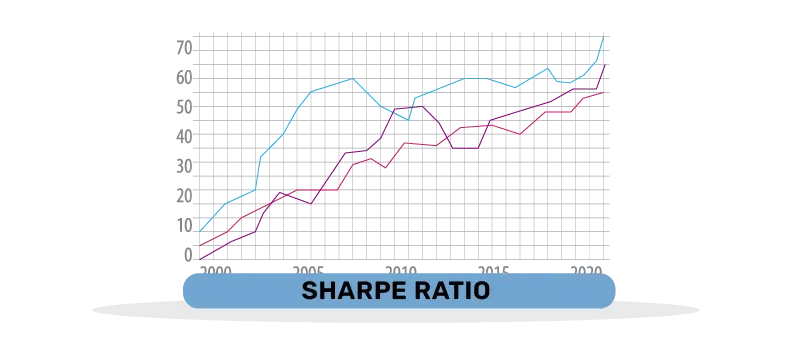Hybrid Mutual Funds
Bajaj Finserv Balanced Advantage Fund
Hybrid Fund Regular GrowthBajaj Finserv Arbitrage Fund
Equity Fund Regular GrowthHow do hybrid funds work?
Types of hybrid funds
There are several hybrid mutual fund types in India, each with different portfolio compositions and investment strategies. Most of them invest in both debt and equity to varying degrees. There are also arbitrage funds, which invest primarily in arbitrage opportunities in equity and equity-related markets.Equity investments provide potential growth opportunities, while debt securities offer relative stability and the scope for income generation.
Here are the types of hybrid funds in India:
- Aggressive hybrid funds: Invest a minimum of 65% of their assets in equities and the remaining portion in debt.
- Balanced hybrid funds: Maintain a balance between equity and debt investments, with a minimum of 40% allocation to each asset class.
- Conservative hybrid funds: Primarily invest in debt instruments (75% of their portfolio) with the remaining portion in equities.
- Dynamic asset allocation funds: Portfolio is dynamically managed between debt and equity. Fund managers can choose an asset allocation pattern based on their investment objectives and strategy and can alter the allocation in response to market movements.
- Multi-asset allocation funds: Invest in debt, equity and at least one other asset class, such as gold or real estate, with a minimum allocation of 10% in each.
- Arbitrage funds: Invest primarily in arbitrage opportunities offered in equity and equity-related assets.
- Equity savings funds: Invest in equity, debt, and arbitrage opportunities, with a minimum of 65% equity allocation.
Who should invest in hybrid funds?
Hybrid funds are suitable for investors seeking portfolio diversification and a balanced investment strategy that combines growth potential with relative stability.
Things to consider before investing in hybrid funds:
Before investing in hybrid funds, investors should consider several factors:
Investment objective: Assess whether the fund's investment objective and allocation pattern align with your financial goals and risk tolerance. For instance, investors seeking high growth potential may not find a balanced or conservative hybrid fund suitable.
Risk profile: Evaluate the fund's risk profile and assess whether it aligns with your risk tolerance and investment horizon. High-risk investors seeking higher potential for growth may prefer aggressive hybrid funds, whereas low-to-moderate risk investors may seek conservative hybrid funds or arbitrage funds.
Investment horizon: Hybrid funds that are dynamically managed or lean towards equity may be better suited to longer investment horizons, while conservative hybrid funds may suit investors looking at the short-to-medium term. Arbitrage funds may be better suited for short-term investments.
Benefits of hybrid funds
Diversification: Hybrid funds offer diversification by investing in a mix of asset classes, potentially mitigating overall portfolio risk.
Potential for growth: Equity investments within hybrid funds provide opportunities for capital appreciation over the long term.
Stability: Debt securities provide relative stability and potential for income generation.
Risk management: By combining different asset classes, hybrid funds seek to potentially manage risk and optimise returns.
Learn About Mutual Funds

Value investing and momentum…

Behavioral finance is a vital field…
Have you ever wondered how seasoned…
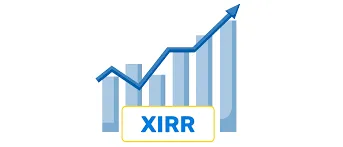
What is Systematic…

Investing in mutual funds is an easy…
Of the almost 4 crore unique…
Traditional wisdom in the mutual…

Mutual fund schemes have always been…
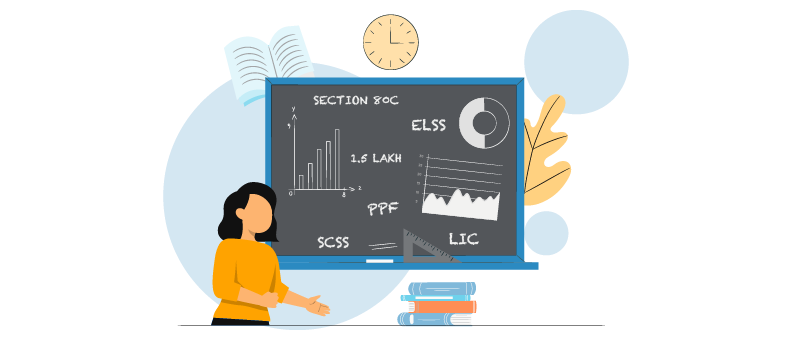
A penny saved is a penny earned. And…
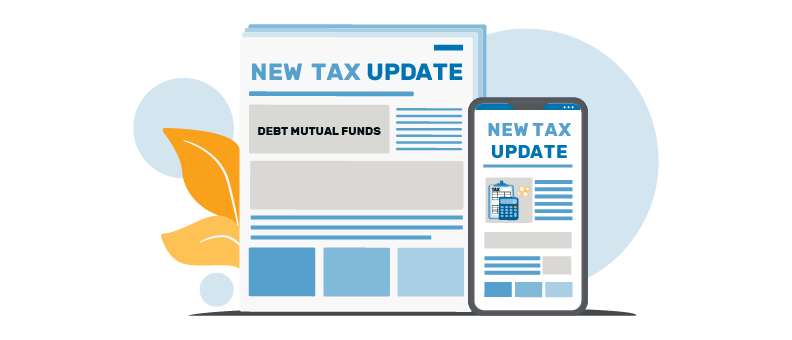
When investing and calculating…
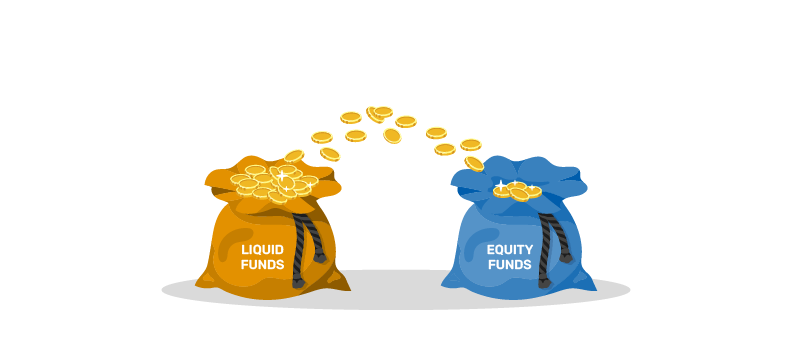
The key to potentially growing your…

Investing in mutual funds can be a…

When we think of financial…

The life you lead today, would it be…
Frequently Asked Questions
Hybrid funds offer diversification by investing in both stocks and debt instruments, which can combine the potential for long-term capital appreciation with risk mitigation.
Debt mutual funds invest predominantly in bonds, money market instruments and other fixed income securities. Hybrid funds, on the other hand, typically invest in both debt and equity instruments. The debt-equity allocation ratio differs from one hybrid fund category to the other, but both asset classes are present to some degree in most hybrid portfolios.
Market risk – including volatility, economic downturns, sector-specific trends, and interest rates – affects both equity and debt portions of hybrid funds to varying degrees and can impact returns. Asset allocation risk can arise if the fund’s mix doesn't align with market conditions and a hybrid portfolio may offer lower returns than pure equity funds in certain market conditions. Additionally, underperformance or poor decision-making by fund managers can affect portfolio returns.
Mutual Fund Videos: Watch, Learn, Invest

While conventional wisdom suggests…
While conventional wisdom suggests…
While conventional wisdom suggests…


